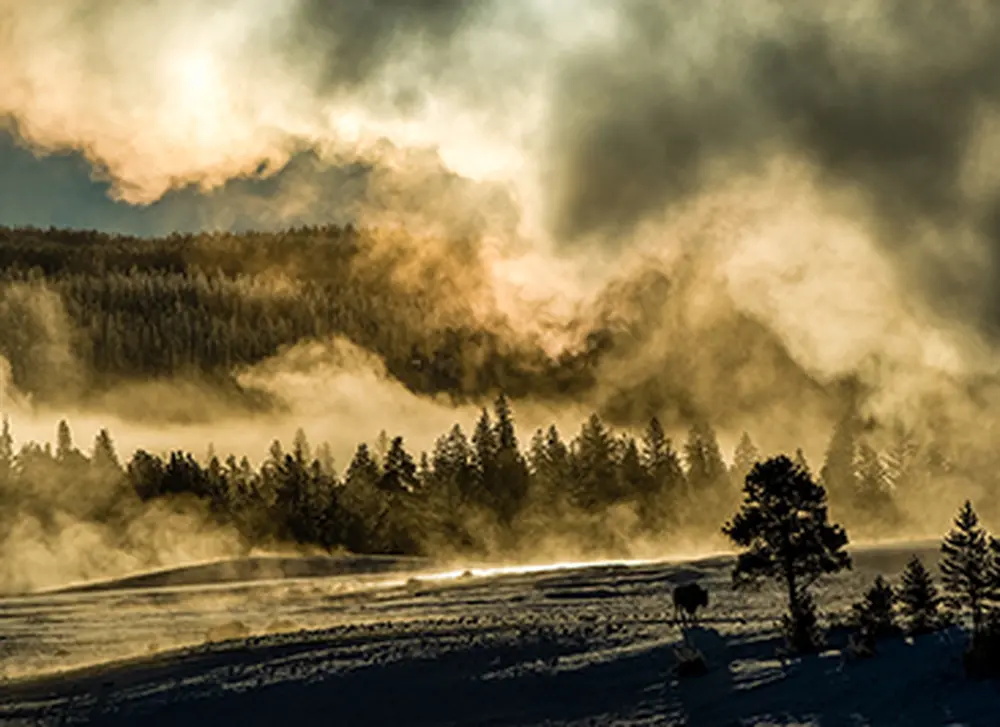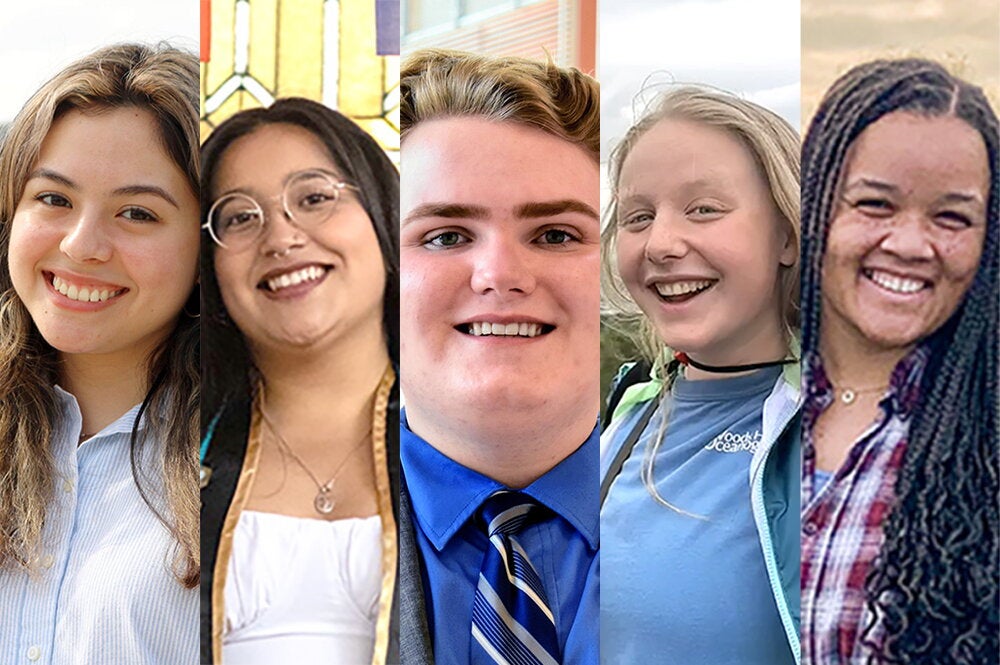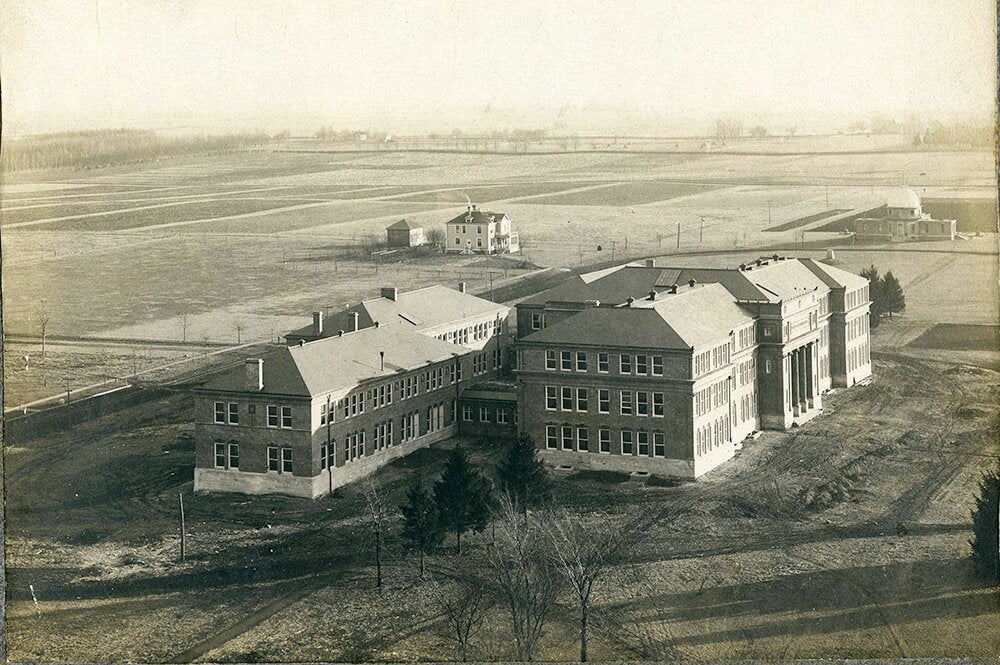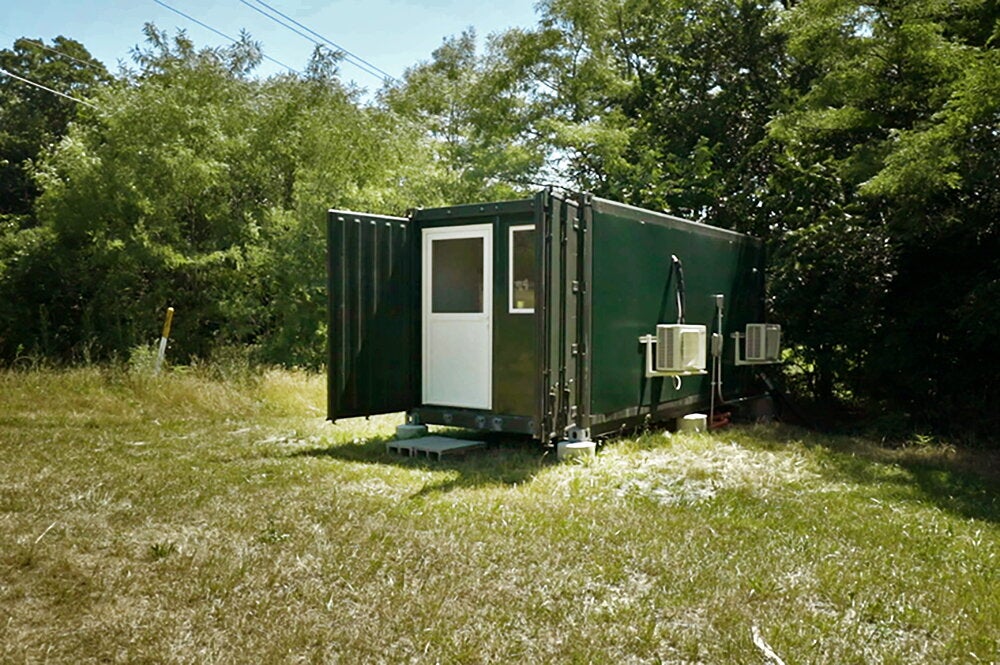

“The Art of Yellowstone Science,” the recently published book by Bruce Fouke, professor of geology, affiliate professor of microbiology, and active member of the Carl R. Woese Institute for Genomic Biology, is doing so well that thousands of students around the world will soon have access to free copies.
The book, which presents both scientific and artistic examinations of Mammoth Hot Springs in Yellowstone National Park, was released in fall 2016, with partial support coming from NASA and the National Science Foundation (NSF). The book was also made possible by long-term collaborations with the U.S. National Park Service and the Yellowstone Forever Institute.
Sales have been stronger than expected, Fouke said, which in combination with the grant support, have allowed them to distribute free hardcopies of the book to select universities, colleges, community colleges, non-profit groups, and some 3,000 high schools around the world.
Fouke, who wrote the book with Emmy-nominated nature photographer Tom Murphy, said that hardcopies of the book will be distributed to 500 high schools in Illinois, 500 high schools around Yellowstone, and to high schools in every other state in the country, in addition to the hundreds of copies going overseas.
“Tom Murphy and I felt that it is especially important to instill these approaches and philosophies about nature in high school-aged students,” Fouke said. “This was also the basis of our targeted NASA and NSF research and outreach activities in Yellowstone over the last two decades.”
These outreach efforts include online resources that have been created for the book at no charge and books made available to education initiatives within the park, such as Expedition Yellowstone and the Youth Conservation Core.
Fouke described Mammoth Hot Springs as a “natural laboratory” where researchers can examine microbial life that evolved billions of years ago. Microorganisms are critical to the health of all living things, and key to solving challenges such as sustaining the environment, developing medicine, securing food supplies, generating energy, and searching for life elsewhere in the universe, he said.
“While writing this book, I came to appreciate the need for educated, curious and good-hearted people from all fields of science and art to work together,” Fouke said in a summary in fall 2016. “Ordinary citizens, moved by the direct experience of nature or by photographs or paintings of the natural world, must join the quest to better understand the Earth by combining the arts and science.”


